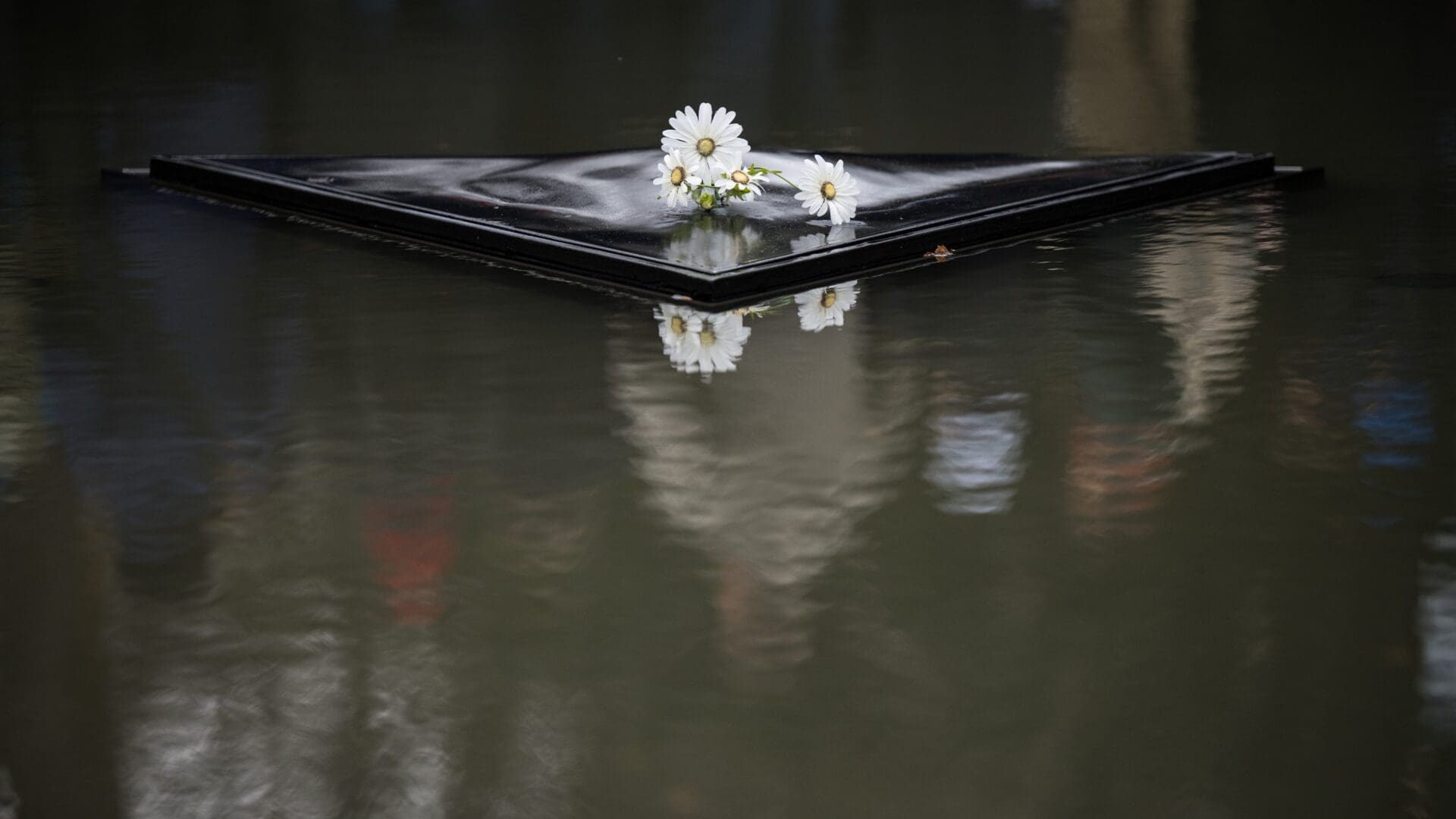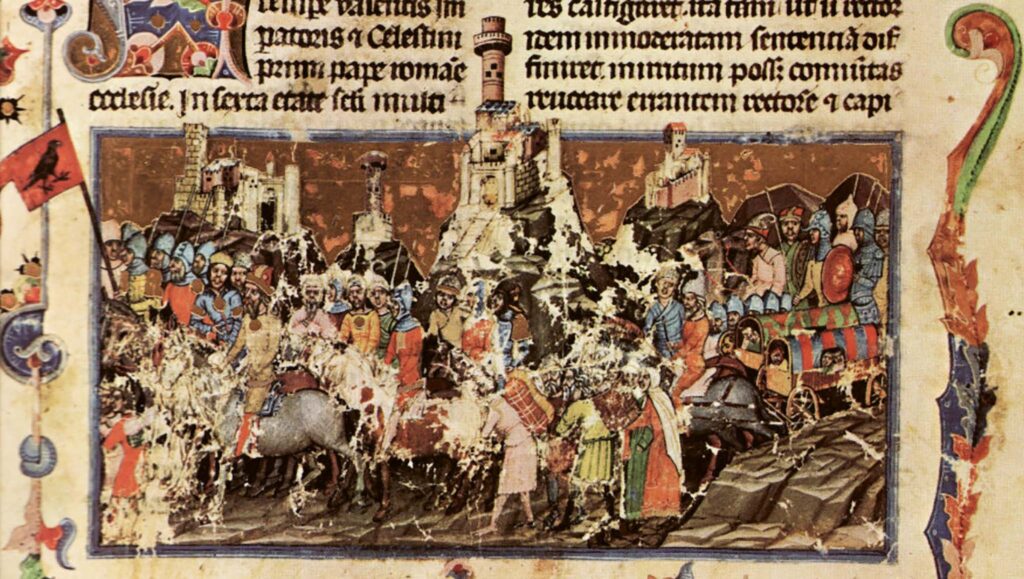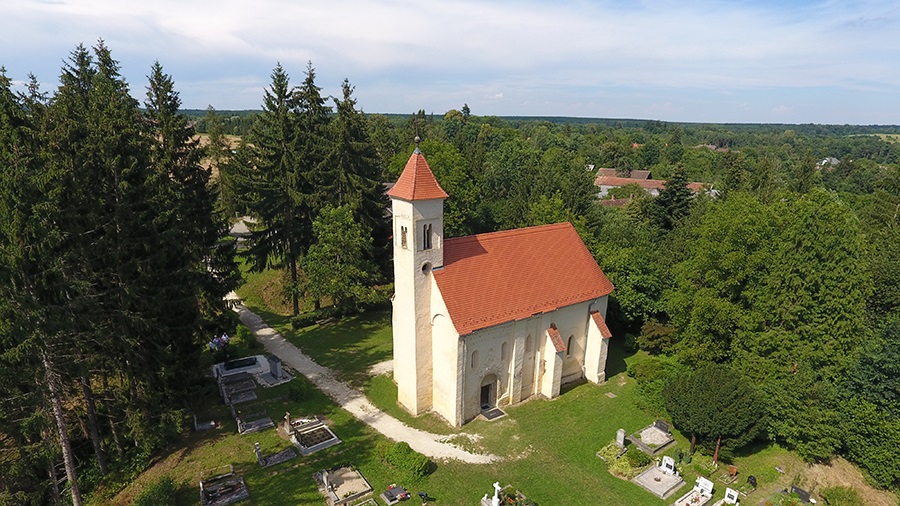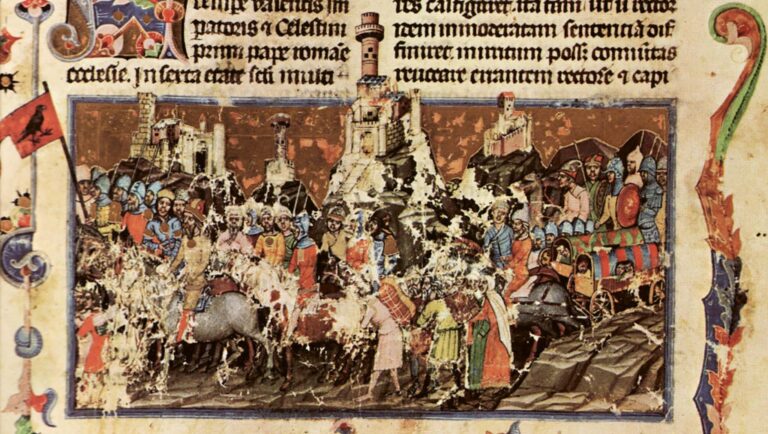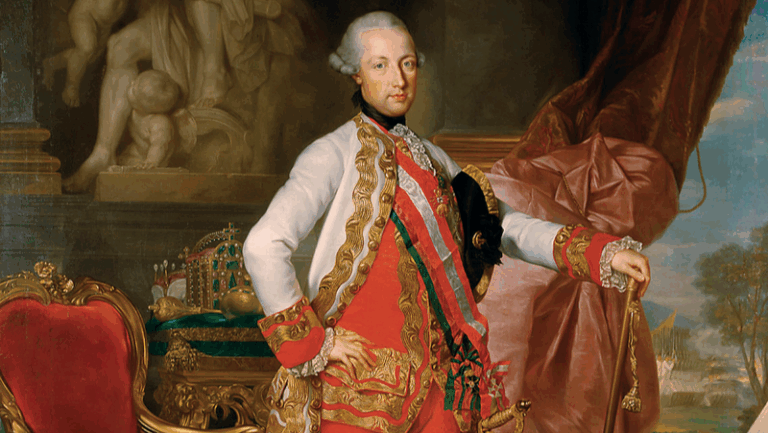One day before the European remembrance day of the Roma Holocaust, 45 Hungarians went to Auschwitz-Birkenau to take part in the first Roma March of the Living at the site of the former concentration camp where on 2 August 1944, over 3000 women, children and elderly people were killed overnight. Historians say the Nazis brutally killed everyone in the Roma lager in the course of one night because they needed it cleaned out for the last Jewish transport.
This year the commemoration event held in honour of the Roma victims of the Holocaust in Budapest was organised by Phiren Amenca, a network of Roma and non-Roma activists working against discrimination, and the March of the Living Foundation. B. Attila Hidvégi, Phiren Amenca’s representative in Hungary, reminded that ‘The massacre of Roma prisoners in the Auschwitz-Birkenau concentration camp in August of 1944 had been preceded by the exclusion of and scare-mongering against certain ethnic groups.’ The event was also addressed by a Lutheran pastor and a Baptist theology professor, among others.
The Hungarian Responsibility in the Romani Genocide
As explained in a previous Hungarian Conservative article, the Romani genocide (or Porajmos) is remembered annually on 2 August with a ceremonial one-minute silence at noon. The European Memorial Day for Sinti and Roma was adopted in 1972 at the conference of the World Roma Organisation. During the Romani genocide, between 250,000 and 500,000 Roma were killed by Nazi Germany and its allies all across Central Europe. The number of those who perished during the genocide is estimated to be equal to 50 per cent of the total population of Roma living in Europe at the time.
In the opinion of Hungarian historian László Karsai, most of the Roma population in Hungary, around 200,000 at that time, had a residence and a stable occupation. Despite that, there were laws and regulations enforced already before March 1944, the German occupation of the country, that were intended to bring about the ‘regularisation’ of itinerant Roma. As an official procedure against ‘stray Gypsies’, from 1929 onward, ‘Gypsy raids’ were held twice a year, and closed camps were established in several settlements, such as Esztergom, where the Roma could only reside to work. In 1938, the Hungarian parliament passed legislation that deemed the Roma ‘ethnic group’ ‘unreliable’, which was followed by raids of Roma encampments. But the worst came after the Nazi occupation of Hungary. Some 30 Roma ghettos were established, with tens of thousands forced to work in inhumane circumstances. The same year, the ‘solution of the problem of the Gypsies’ started, modelled on the pattern of the ‘solution of the problem of Jews’. The Ministry of Warfare ordered the enlistment of Roma men aged 18 and 52, who were settled but unemployed, for compulsory military labour service. In February 1945, the Arrow Cross Minister of Interior announced: ‘I have initiated the terminal, and if necessary, merciless solution of the problem of Jews and Gypsies.’ Fortunately, the arrow cross did not have enough time to fully implement their plans, however, with the collaboration of the Hungarian Arrow Cross government, 28 to 33 thousand Roma Hungarians were deported to concentration camps.
According to historians, it is difficult to establish the exact number of Roma killed during the Holocaust as there is no reliable data—the brutal killings in villages by local arrow crosses and gendarmes went unrecorded.
1974: First Hungarian Holocaust Memorial Rejected by the Communist Local Authorities
As the article of ArtMagazin explains, for a long time, historians didn’t even research the fate of the Roma victims of the Holocaust, and the term Porajmos was only coined in the 1990s. However, the first plans for a Hungarian memorial to the Roma victims of the Holocaust were drawn up in 1974 by a prominent figure of the neo-avant-garde generation of artists, György Jovánovics.
The planned memorial was supposed to be a reminder of the mass murder committed by Hungarians against Hungarians just before the war ended. In early February 1945, on the outskirts of Várpalota, Arrow Cross and gendarmerie members assembled the local Roma population to dig a pit and shot them into it. In the brutal mass murder, one hundred and eighteen people were killed, and five more were executed in the town square.
In 1974, Roma intellectuals initiated the creation of a monument in Várpalota, which, in theory, was supported by the senior leadership of the Hungarian Socialist Workers’ Party. However, once the matter was handed down to the county level, the local authorities rejected the plan on the shameful grounds that the victims—women, men and children alike—were common criminals. The memorial—which would have been innovative in terms of its aims and content, and, judging by the plaster casts, unconventional compared with the traditional figurative monuments of the period—was never completed.
György Jovánovics told ArtMagazin about the heart-breaking testimony of an elderly Roma survivor from Székesfehérvár who was shot nine times while she was in the third trimester of her pregnancy. Although the woman miraculously survived the shots, the baby in her womb was killed. She told Jovánovics that in Székesfehérvár the Roma were taken to dig trenches during the day and locked in a barn for the night, and when they had completed the trench after several days of digging, they were marched to the edge of the trench and machine-gunned into it. After being shot nine times, she dragged herself to the road, knowing she would bleed to death if she couldn’t get to a hospital, but a military truck stopped to help. She was taken to the hospital in Székesfehérvár, where she recovered and eventually became a wealthy market vendor. The bullet scars, however, marked her for life.
Memorial to the Roma Victims of the Holocaust Finally Erected in 2006
Until 2005, the International Memorial Day of the Roma Genocide was commemorated every year by the Roma Civil Rights Foundation in front of the Parliament of Hungary. However, on the 60th anniversary of the Holocaust, in 2006, a Memorial of the Roma Victims of the Holocaust was inaugurated in Budapest at the Nehru-park where on the first days of November 1944, the Roma were gathered from Hungarian towns and from where they were driven to Óbuda and sent to concentrations camps. The triangular-shaped monument resembles the brown or black triangular patches that the Roma had to wear in the concentration camps and symbolises the furnaces of the crematoria. A mutilated human figure modelled in bronze can be seen in the interior through the grooves carved into the stone, illuminated by sunlight during the day and by a 500-watt light bulb at night. Unfortunately, as the memorial has been vandalised several times since 2020, it has to be monitored with surveillance cameras.
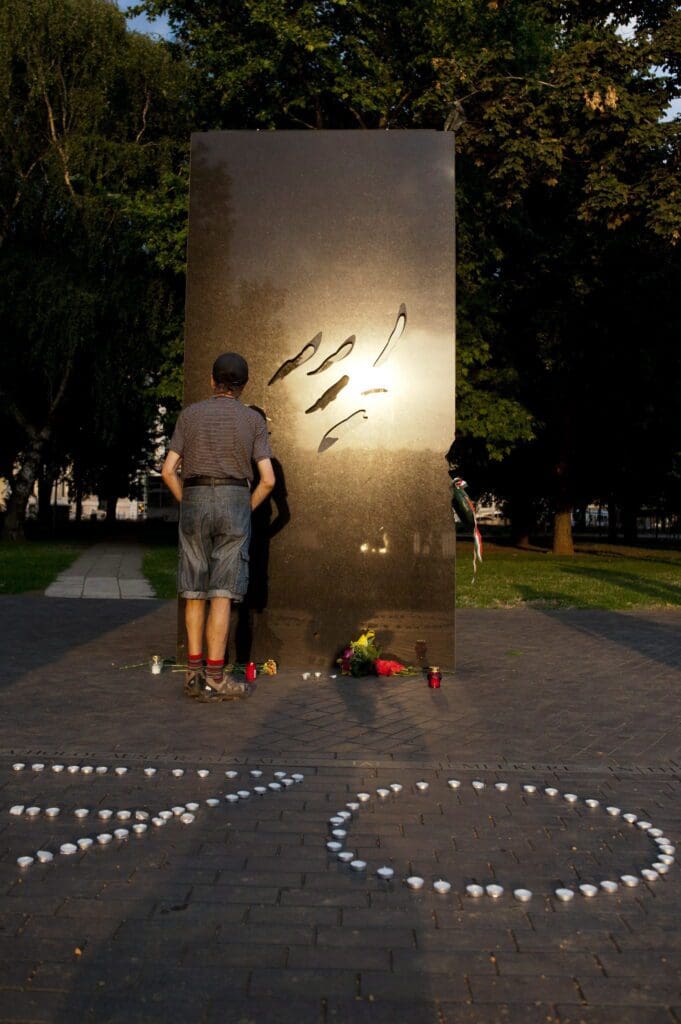
Fidesz MEP: ‘Europe Would be Poorer Without the Roma Community’
On the Roma Holocaust Memorial Day, Fidesz MEP Livia Járóka said: ‘Europe owes its strength to its diversity, and its history, culture, industry and society would be poorer without its Roma citizens.’ ‘Almost 80 years later, it is still clear that what happened at the Auschwitz-Birkenau death camp was genocide and a series of crimes against humanity in which innocent European citizens were exterminated on the basis of an exclusionary ideology whose only purpose was organised destruction,’ she added. Járóka, who is of Roma extraction herself, concluded by stating: ‘Though Europe faced numerous trials over the course of its history, the blood-spattered decades of the 20th century were a methodical attack on our most fundamental values, which must never be allowed to happen again. Efforts by European Union member states must serve as the basis of the fight against anti-Roma sentiment, which requires committed governments, a supportive majority in society and vital local communities.’
Council of Europe Commissioner for Human Rights Dunja Mijatović called on all states to remember the hundreds of thousands of Roma lives lost during World War II and to ensure that Roma history is kept alive to shape the Europe we live in today and in the years to come. ‘Every 2 August reminds us of the dark times of death, deportation and persecution experienced by Roma. Almost eight decades on, knowledge of the history and culture of Roma remains marginal among European societies. The lack of education about the past and present of Roma has led to a situation where they are still victims of hatred, violence, and pervasive discrimination on a daily basis. In several Council of Europe member states, many Roma still lack access to basic services such as healthcare, adequate housing and education,’ she highlighted, adding: ‘Recognising Roma history must serve as a building block for member states to design policies and adequately implement them to overcome anti-Gypsyism, social exclusion, segregation and marginalisation of Roma. Member states have different tools at their disposal to make sure that the memory of those lost remains is converted into concrete measures of protection for the human rights of Roma.’
The commissioner concluded by emphasising that commemorating 2 August must serve as a reminder for state authorities to act with resolve to build a common narrative of respect about our shared heritage and cultural diversity for present and future generations.

